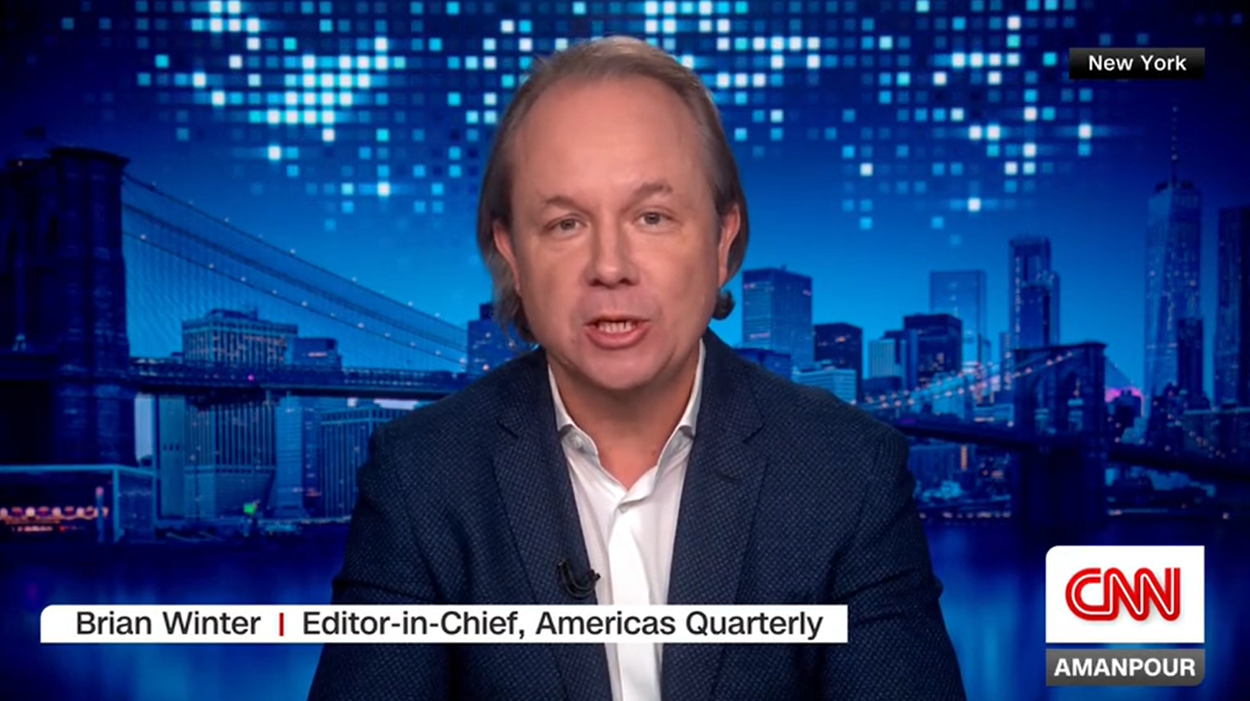The Pacific Alliance: A New Center of Gravity in Hemispheric Trade
The Pacific Alliance: A New Center of Gravity in Hemispheric Trade
The results of the Pacific Alliance summit last month suggest that “this new economic bloc is an emerging powerhouse in Latin America,” writes AS/COA’s Eric Farnsworth for World Politics Review.
The latest meeting of the leaders of the Pacific Alliance on May 23 in Cali, Colombia, was the best one yet, suggesting that this new economic bloc is an emerging powerhouse in Latin America. The alliance is an effort by Chile, Colombia, Mexico and Peru to link their economies more closely together through trade, finance and labor market integration to build mutual economic competitiveness. It is one of the most dynamic and potentially significant developments in hemispheric trade relations since negotiations to form a Free Trade Area of the Americas (FTAA) broke down in 2003.
In the intervening decade, China’s economic boom and a resulting secular shift in global commodities markets has been a key driver of regional growth, particularly in South America, obviating the need and reducing the desire of many of the leaders to take politically difficult decisions on trade expansion. When times are good, there is less impetus for reform. Recent estimates by the International Monetary Fund, however, indicate that China’s slowing growth and softening commodities markets will put pressure on commodities-dependent economies in Latin America. Countries will increasingly need to identify new engines of growth, built on innovation, structural reforms and productivity gains.
The four nations of the Pacific Alliance—and perhaps more in the near future, including Costa Rica, Panama and others—recognize that, by linking their economies more closely together with other like-minded nations based on affinity rather than geography, they can move quickly to build economies of scale, more-efficient supply chains and national competitiveness. Furthermore, they recognize that they can move faster by themselves than they have been able to do awaiting engagement by a heretofore disinterested United States or a Brazil intent on building its own regional political project.
The Pacific Alliance as it currently exists represents some 215 million people and almost 40 percent of regional GDP, making it an economic power in its own right....








